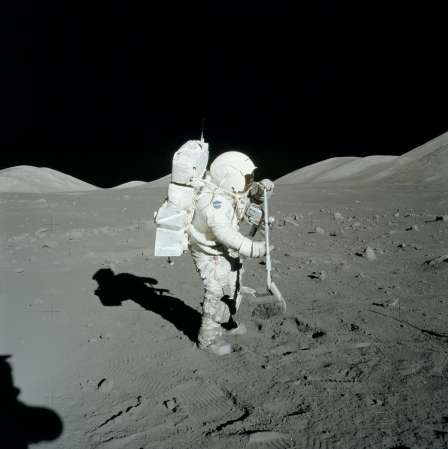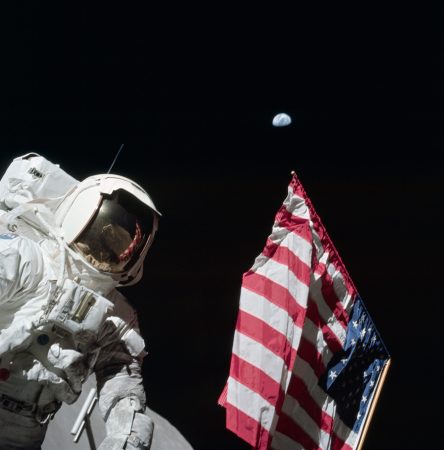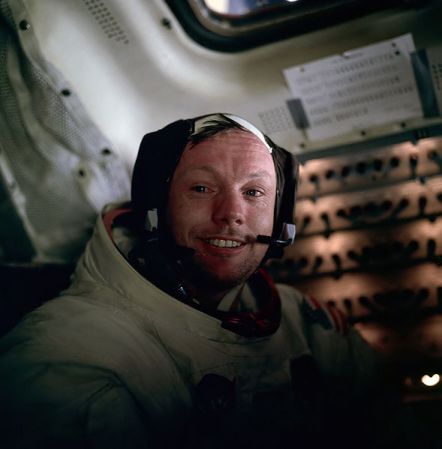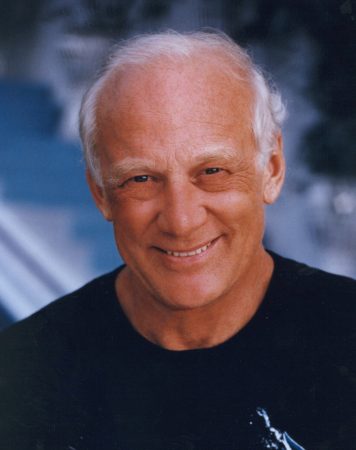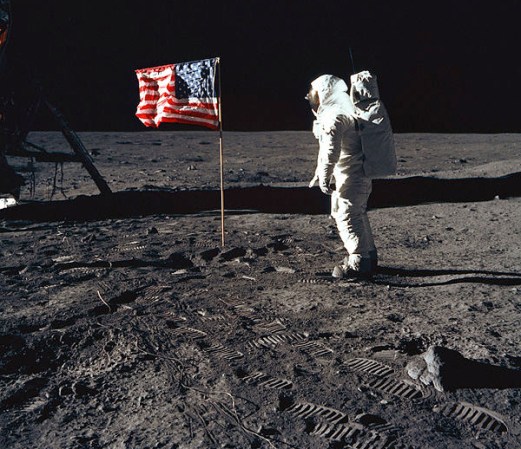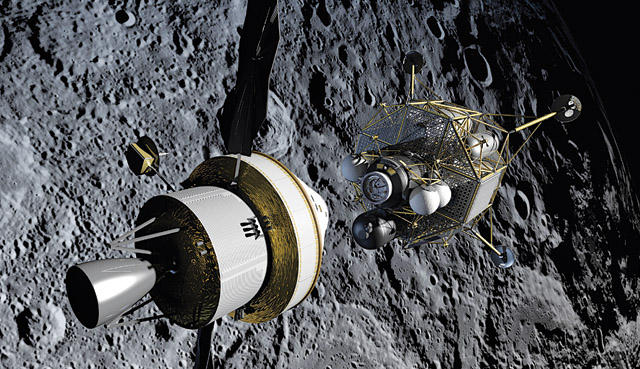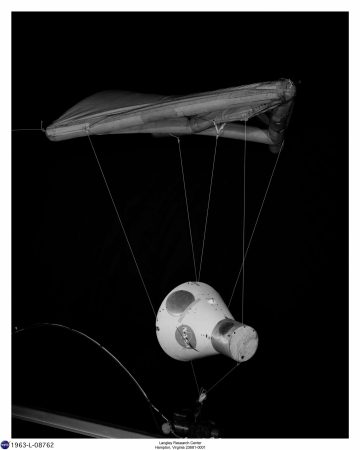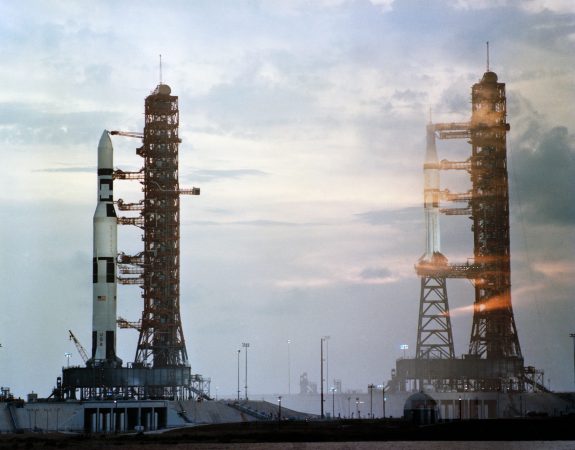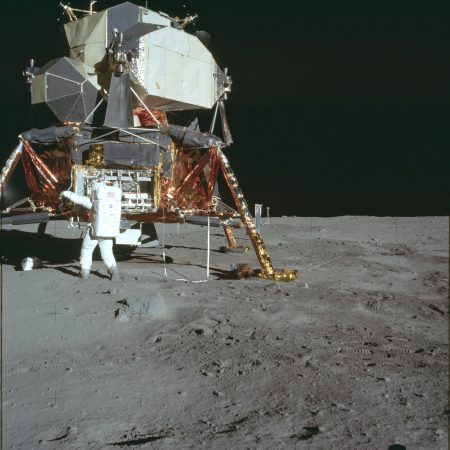

In the 50 years since Apollo 11 took off from Launch Pad 39A in Cape Kennedy, Florida, only a dozen NASA astronauts have strolled along the moon’s surface. The original mission lasted 12 days, depositing the crew in the Pacific Ocean after a total flight distance of 952,000 miles. Several books, films, and series have eulogized that first successful lunar flight and walk, but none are as breathtaking as the Hasselbad camera stills that Buzz Aldrin and Neil Armstrong used to document their explorations of the moon’s surface. In addition to the famous flag and footsteps, they left behind a seismic detector and laser-reflector to continue capturing space data long after Apollo had departed.
To celebrate the anniversary of the July 1969 expedition, we picked out some of our favorite photos from the NASA archives to remind us that no matter how far we go in or past the solar system, it all started here, with the Earth’s most beloved and mysterious satellite.

Half a century ago, astronauts Neil Armstrong, Edwin “Buzz” Aldrin, and Michael Collins took a trip to the moon. Science has come a long way since then—we sent a spacecraft to sample an asteroid, have robots crawling on the surface of Mars, and just inked a plan to ship a drone to Titan, Saturn’s largest moon. Regardless, looking back, Apollo 11 still inspires that remarkable sense of accomplishment and wonder. Check out these historical photos from the mission to see for yourself. 
Apollo 11 launched on July 16, 1969, carrying astronauts Neil Armstrong, Edwin “Buzz” Aldrin, and Michael Collins to the moon. 
Buzz Aldrin prepares to touch down on the moon in the Apollo 11 Lunar Module on July 20, 1969. 
The Lunar Module, Eagle, prepares to land. The rods protruding from the landing pads sense the moon’s surface and send word to the crew to shut off the descent engine. 
Using a 70mm Hasselblad lunar surface camera, Armstrong snapped this photo of Aldrin posing next to the unfurled American flag. 
Aldrin lugs equipment for two experiments across the lunar surface. In his left hand is a seismometer that listened for moonquakes and gave us a peek into the moon’s internal structure. In his right, he holds a laser reflector for measuring the distance between Earth and the moon. 
Behold crater 308, also known as Daedalus, as seen from the Apollo 11 craft in lunar orbit. The crater has a diameter of 50 miles. 
Armstrong took this iconic photograph of Aldrin in the Sea of Tranquility region of the moon, where they landed the Eagle and planted the U.S. flag. 
Neil Armstrong pauses to take a photo in the Lunar Module after touching down on the moon. 
Collins, Aldrin, and Armstrong successfully reentered Earth’s atmosphere and splashed down into the Pacific on July 24, 1969. 
Mission Control Center in Houston, Texas celebrates the successful splashdown. 
Collins, Aldrin, and Armstrong relax back on Earth in a Mobile Quarantine Facility. They stayed in quarantine for 88 hours after splashdown to minimize risk of spreading dangerous “moon germs.” 
The Apollo 11 crew triumphantly traverse Broadway and Park Avenue in a New York City ticker tape parade on August 13, 1969. You can spot Aldrin, Armstrong, and Collins in the lead car.


